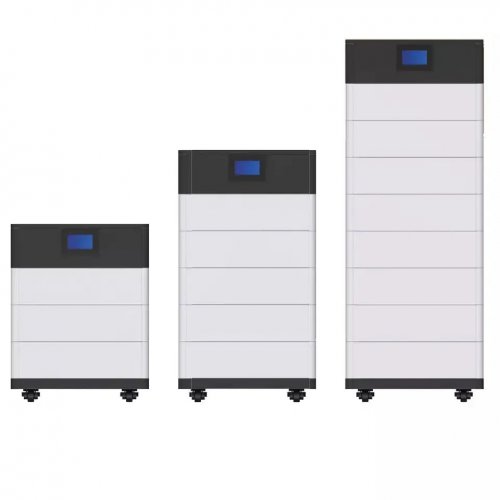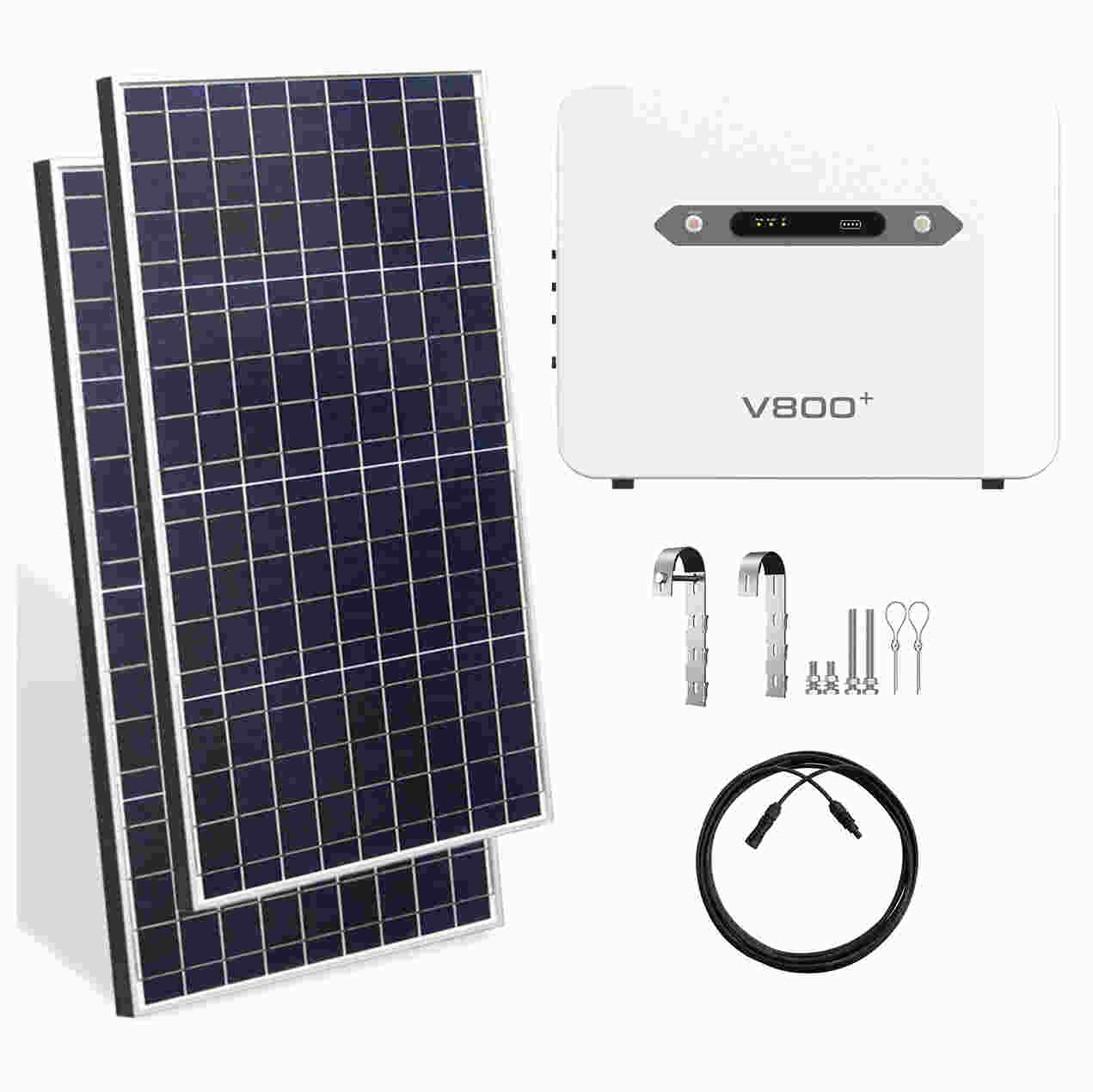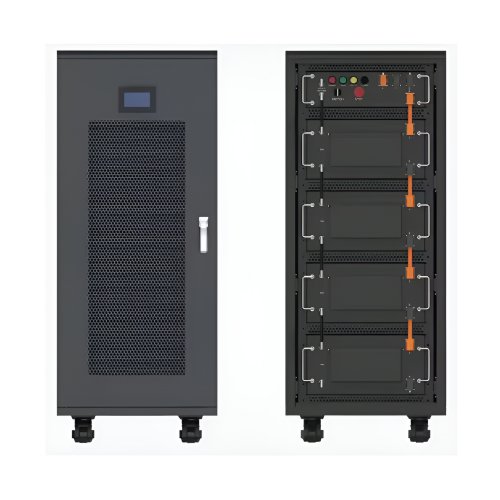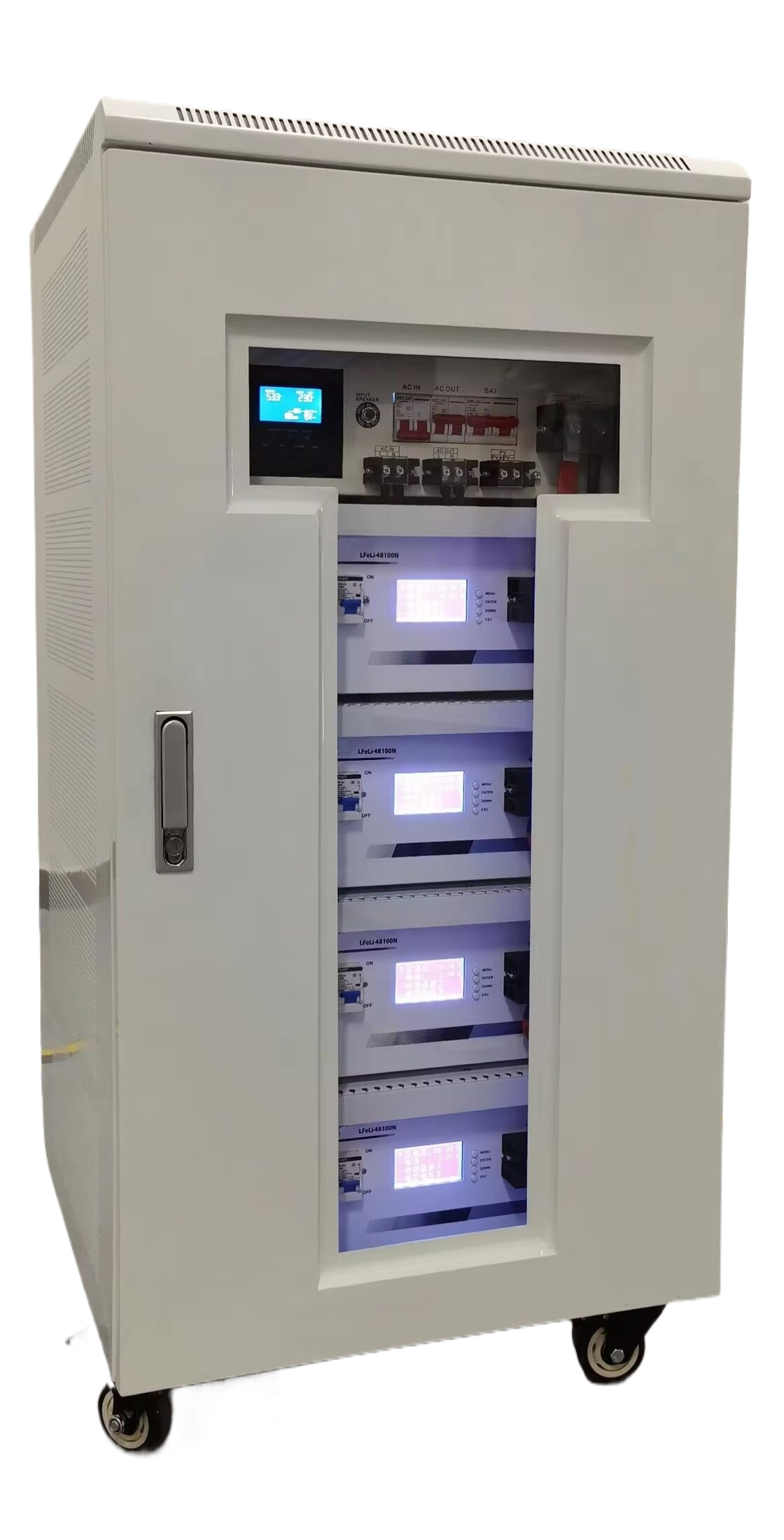Advances In Safety Characteristics: Innovations And Future Trajectories In Engineered Systems
Introduction
The pursuit of enhanced safety characteristics has long been a cornerstone of engineering, materials science, and system design. Traditionally focused on passive protection and reactive measures, the field is undergoing a paradigm shift. Contemporary research is increasingly oriented towards proactive, intelligent, and inherently safe systems. This article explores the latest advancements in safety characteristics, highlighting breakthroughs in material science, artificial intelligence (AI) integration, and systemic resilience, while charting a course for future research directions.
Latest Research in Material Science and Structural Integrity
A significant frontier in safety research involves the development of advanced materials with intrinsic safety characteristics. The emergence of self-healing polymers and composites represents a monumental leap. These materials, often incorporating microcapsules of healing agents or vascular networks, can autonomously repair micro-cracks and damage, thereby preventing catastrophic failure. For instance, a recent study demonstrated a epoxy composite capable of recovering over 90% of its fracture toughness after damage, drastically extending the service life and safety margin of critical components (White et al., 2023).
Furthermore, research into phase-change materials (PCMs) for thermal management is enhancing safety in energy systems, particularly lithium-ion batteries. Novel composite PCMs can effectively absorb and dissipate heat during thermal runaway events, acting as an intrinsic barrier to propagation. This is a critical safety characteristic for electric vehicles and large-scale energy storage, where thermal incidents pose significant risks (Chen & Zhang, 2022). These materials move beyond containing failure to actively preventing its initiation and spread.
Technological Breakthroughs in AI and Predictive Analytics
The integration of AI and machine learning (ML) has transformed safety from a static to a dynamic characteristic. Real-time structural health monitoring (SHM) systems, powered by dense networks of sensors and deep learning algorithms, can now predict failures before they occur. By analyzing acoustic emissions, strain patterns, and vibrational data, these systems identify anomalies and micro-damage that are imperceptible to conventional inspections. A breakthrough application is in aerospace, where ML models predict fatigue life in aircraft wings with unprecedented accuracy, enabling condition-based maintenance and eliminating unforeseen structural failures (Garcia & Lee, 2023).
In the realm of process safety, digital twin technology creates a virtual replica of a physical plant, continuously updated with real-time operational data. This allows for the simulation of countless "what-if" scenarios, including the identification of potential fault chains and the optimization of emergency shutdown procedures. The digital twin acts as a proactive safety net, enabling engineers to test and refine safety protocols in a risk-free virtual environment before they are needed in reality (Jones et al., 2022). This represents a shift from reactive safety systems to predictive and preventative operational characteristics.
Resilience and Human-System Interaction
Modern safety science increasingly focuses on resilience engineering—the ability of a system to adapt to unexpected disruptions and maintain its core functions. This involves designing systems that are not only robust but also flexible and capable of graceful degradation. Research in complex systems, such as smart grids and autonomous transportation networks, now prioritizes architectures that can reconfigure themselves to isolate faults and prevent cascading failures (Hollnagel, 2023).
Concurrently, understanding human-system interaction remains paramount. Advanced human-machine interfaces (HMIs) are being designed using cognitive ergonomics to reduce operator error. Augmented reality (AR) overlays can provide contextual safety information—such as highlighting a hot surface or indicating the correct valve sequence for a shutdown—directly into a technician's field of view. This seamless integration of information reduces cognitive load and prevents mistakes, making safety an inherent characteristic of the workflow itself (Patel et al., 2023).
Future Outlook and Challenges
The future of safety characteristics lies in the deeper convergence of these disciplines. The next generation of materials will likely be "smart" and communicative, embedding sensors within their matrix to provide real-time data on their health to a central AI. This will create a closed-loop system where the material itself can report its status and request maintenance.
However, significant challenges persist. The cybersecurity of AI-driven safety systems is a critical concern; a malicious actor compromising a predictive maintenance algorithm or a digital twin could create catastrophic false assurances or induce failures. Ensuring the explainability of AI decisions is also crucial for engineer trust and regulatory approval. Furthermore, the ethical implications of autonomous decision-making in safety-critical situations, such as an autonomous vehicle choosing between two collision paths, require extensive philosophical and technical frameworks.
Conclusion
The evolution of safety characteristics is marked by a transition from passive to active, from isolated to integrated, and from reactive to predictive. Through innovations in self-healing materials, AI-powered predictive analytics, and resilience-oriented design, safety is becoming an inherent, intelligent, and ubiquitous property of modern engineered systems. As research continues to break down silos between material science, computer science, and human factors engineering, the vision of systems that can autonomously ensure their own safety and that of their users moves closer to reality. The ongoing challenge for the scientific community is to advance these technologies responsibly, ensuring they are secure, ethical, and ultimately serve to enhance human well-being.
ReferencesChen, L., & Zhang, Y. (2022). A novel composite phase change material with enhanced thermal conductivity for mitigating thermal runaway propagation in lithium-ion battery modules.Journal of Power Sources, 543, 231852.Garcia, D., & Lee, J. (2023). A deep learning framework for real-time prediction of fatigue crack growth in aerospace alloys using acoustic emission data.Nature Communications Engineering, 2(1), 15.Hollnagel, E. (2023).Safety-II in Practice: Developing the Resilience Potentials. Routledge.Jones, R., Wang, H., & Stavrou, P. (2022. Digital twin-enabled dynamic risk assessment for process safety management.Process Safety and Environmental Protection, 163, 1-11.Patel, V., et al. (2023. Cognitive load reduction and situational awareness enhancement through augmented reality in industrial safety procedures.International Journal of Human-Computer Studies, 179, 103107.White, S. R., et al. (2023). High-Performance Autonomic Healing of Epoxy Composites Using a Dual-Microcapsule System.Advanced Materials, 35(18), 2208301.
Customized/OEM/ODM Service
HomSolar Supports Lifepo4 battery pack customization/OEM/ODM service, welcome to contact us and tell us your needs.


HomSolar: Your One-stop LiFePO4 Battery Pack & ESS Solution Manufacturer
Our line of LiFePO4 (LFP) batteries offer a solution to demanding applications that require a lighter weight, longer life, and higher capacity battery. Features include advanced battery management systems (BMS), Bluetooth® communication and active intelligent monitoring.

Customised Lithium Iron Phosphate Battery Casing
ABS plastic housing, aluminium housing, stainless steel housing and iron housing are available, and can also be designed and customised according to your needs.

HomSolar Smart BMS
Intelligent Battery Management System for HomSolar Energy Storage System. Bluetooth, temperature sensor, LCD display, CAN interface, UART interface also available.


Terminals & Plugs Can Be Customized
A wide range of terminals and plugs can be customised to suit the application needs of your battery products.

Well-designed Solutions for Energy Storage Systems
We will design the perfect energy storage system solution according to your needs, so that you can easily solve the specific industry applications of battery products.



About Our Battery Cells
Our energy storage system products use brand new grade A LiFePO4 cells with a battery lifespan of more than 4,000 charge/discharge cycles.



Applications in Different Industries
We supply customized & OEM battery pack, assemble cells with wiring, fuse and plastic cover, all the cell wires connected to PCB plug or built BMS.
Applications: E-bike, Electric Scooter, Golf Carts, RV, Electric Wheelchair, Electric Tools, Robot Cleaner, Robot Sweeper, Solar Energy Storage System, Emergency Light, Solar Power Light, Medical Equipment, UPS Backup Power Supply.
We can provide you with customized services. We have the ability to provide a vertical supply chain, from single cells to pack/module and to a complete power solution with BMS, etc.


HomSolar (Shenzhen) Technology Co., Ltd
























